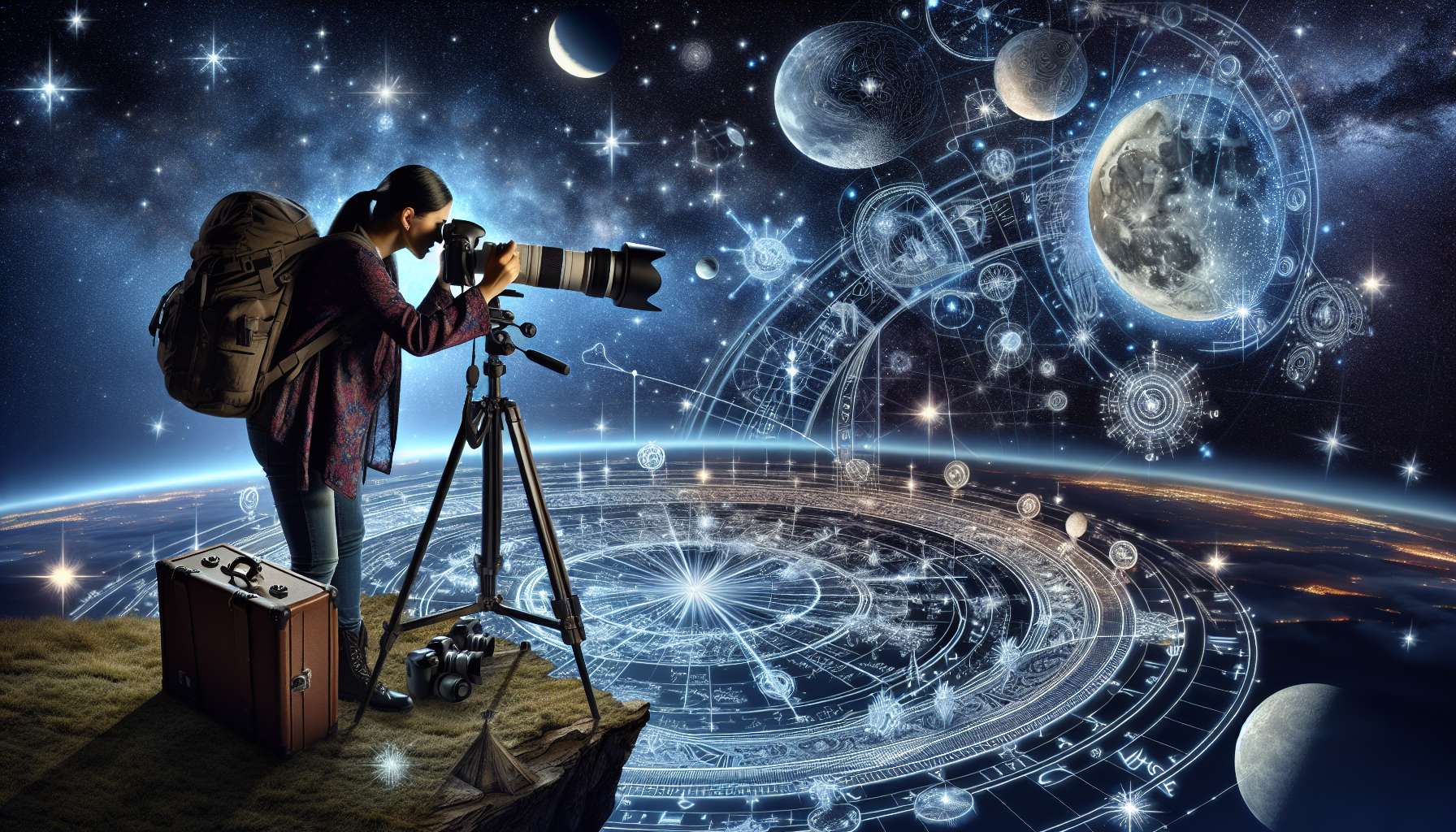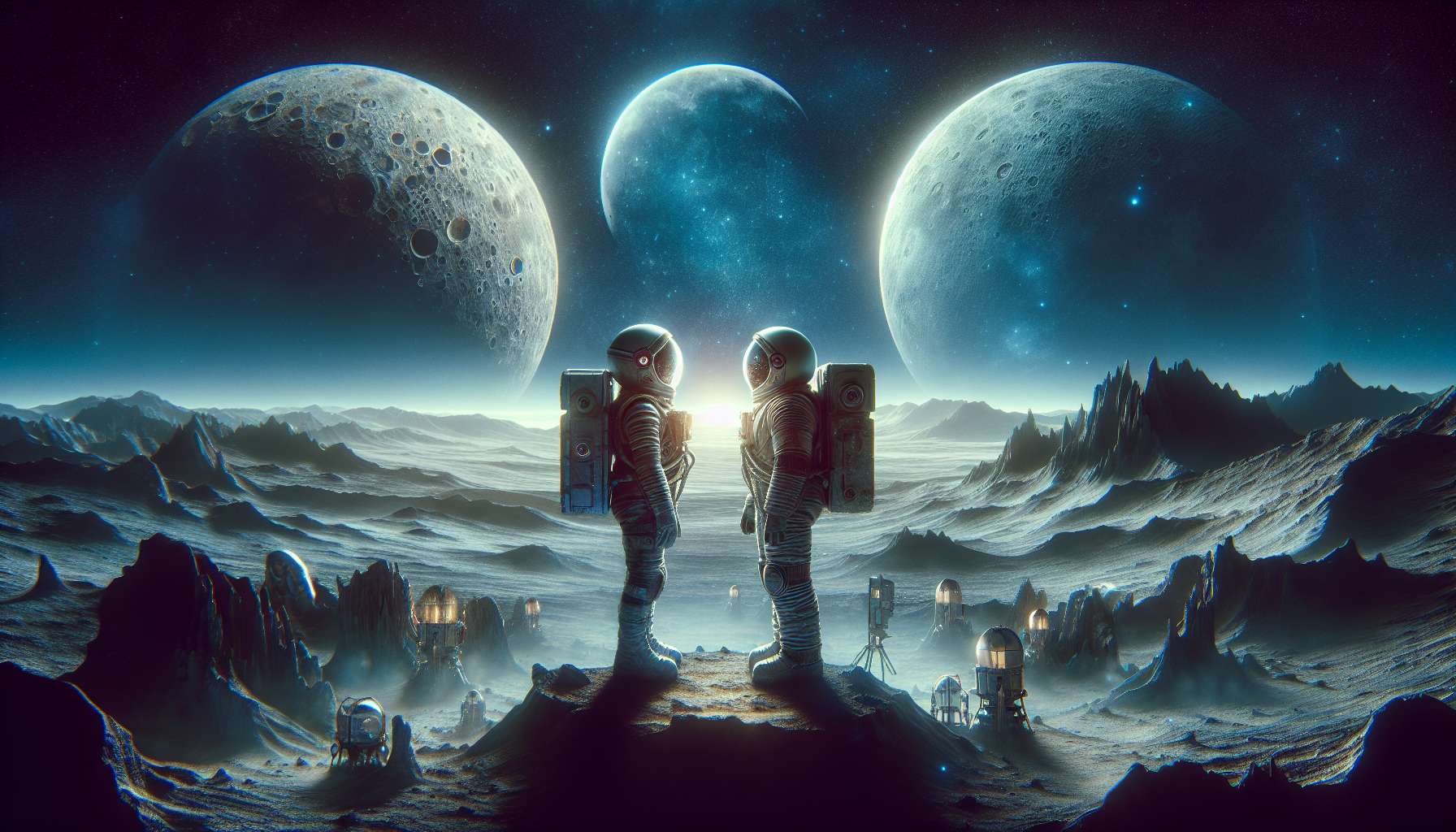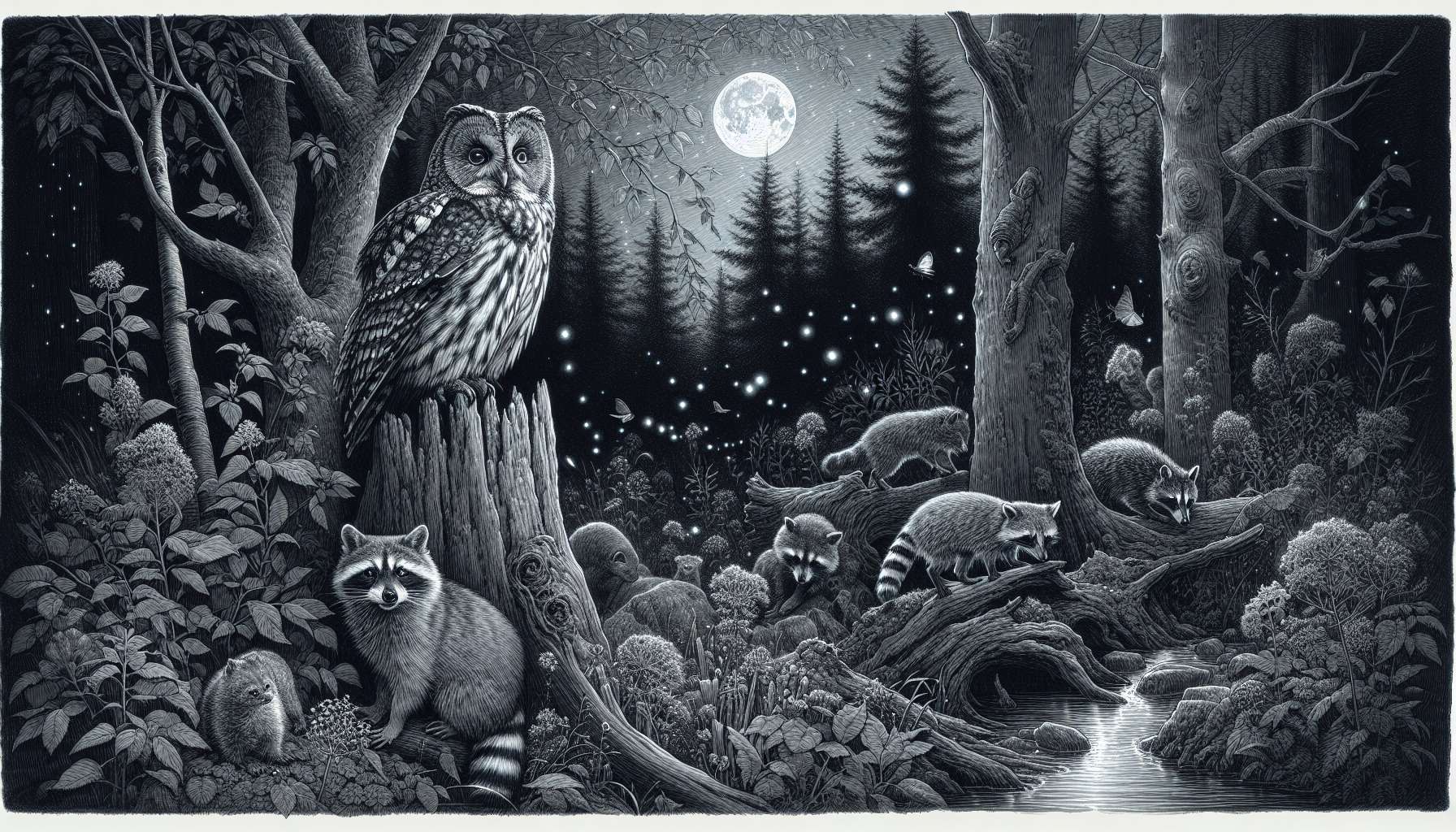Celestial Navigation in Photography: Navigating the Stars Through the Lens
Have you ever looked up at the night sky and marveled at the vast expanse of stars twinkling above you? Imagine capturing that beauty and mystery through the lens of a camera, using the stars themselves as your guide. This is where celestial navigation in photography comes into play, a fascinating technique that allows photographers to create stunning images by incorporating the celestial bodies into their compositions.
In this article, we will delve into the world of celestial navigation in photography, exploring its history, techniques, applications, and future possibilities. Join us on this journey through the cosmos as we uncover the secrets of capturing the stars in your photographs.
The History of Celestial Navigation in Photography
Celestial navigation has been used for centuries by sailors to navigate the seas using the positions of the stars. In photography, the concept of using the stars as a guide dates back to the early days of the art form. One of the earliest known examples of celestial navigation in photography is the work of American photographer Edward Emerson Barnard, who in the late 19th and early 20th centuries, captured stunning images of the night sky using long exposure techniques.
Fast forward to the present day, and celestial navigation in photography has evolved with the advancement of technology. Photographers now have access to sophisticated equipment such as star trackers, which allow them to precisely track the movement of the stars across the night sky. This has opened up a whole new world of possibilities for capturing the beauty of the cosmos in ways that were previously unimaginable.
Techniques of Celestial Navigation in Photography
One of the key techniques used in celestial navigation in photography is long exposure photography. By using a long exposure, photographers can capture the movement of the stars across the sky, creating mesmerizing star trails in their images. This technique requires a sturdy tripod to keep the camera stable during the long exposure, as even the slightest movement can result in blurry or distorted images.
Another important aspect of celestial navigation in photography is understanding the movements of the stars across the night sky. Different stars and constellations move at different speeds and in different directions, so it is essential for photographers to have a basic knowledge of astronomy in order to effectively plan their shots. Apps and software such as Stellarium can be incredibly useful in this regard, providing real-time information on the positions of the stars and planets.
Applications of Celestial Navigation in Photography
Celestial navigation in photography has a wide range of applications, from capturing stunning landscapes under the night sky to creating unique astrophotography compositions. Photographers often use celestial navigation techniques to create surreal images that blend the natural beauty of the Earth with the majesty of the stars above.
One popular application of celestial navigation in photography is creating star trails. By using long exposure techniques, photographers can capture the movement of the stars across the sky, resulting in mesmerizing circular patterns in their images. This technique can be used to create dynamic and visually striking compositions that draw the viewer’s eye towards the center of the frame.
Future Implications of Celestial Navigation in Photography
As technology continues to advance, the possibilities for celestial navigation in photography are endless. With the development of increasingly powerful cameras and software, photographers now have the tools to capture the stars in ways that were previously unimaginable. The future of celestial navigation in photography holds great promise for creating breathtaking images that push the boundaries of creativity and imagination.
One exciting development in the field of celestial navigation in photography is the use of drone technology. Drones equipped with high-quality cameras and GPS tracking systems can be used to capture stunning aerial images of the night sky, allowing photographers to explore new perspectives and angles that were previously inaccessible. This opens up a whole new world of possibilities for capturing the beauty of the stars from above.
Expert Opinions on Celestial Navigation in Photography
We reached out to renowned astrophotographer and night sky enthusiast, Anna Davis, for her insights on celestial navigation in photography. According to Anna, “Celestial navigation in photography is not just about capturing beautiful images of the stars, it’s about connecting with something greater than ourselves. By immersing ourselves in the beauty of the night sky, we can gain a greater appreciation for the vastness and mystery of the universe.”
Anna also emphasizes the importance of patience and dedication in celestial navigation photography, stating that “Capturing the stars requires a deep understanding of the movements of the celestial bodies and a willingness to spend long hours under the night sky. It is a labor of love that rewards those who are willing to put in the time and effort.”
Common Misconceptions About Celestial Navigation in Photography
One common misconception about celestial navigation in photography is that it requires expensive equipment and specialized knowledge. While having high-quality gear and a basic understanding of astronomy can certainly enhance your images, it is possible to capture stunning star photos with just a camera and a tripod. By experimenting with different techniques and settings, photographers can create unique and captivating images of the night sky.
Another misconception is that celestial navigation photography is only possible in remote, dark sky locations. While shooting in areas with minimal light pollution can certainly enhance your images, it is still possible to capture the stars in urban environments. By using light pollution filters and adjusting your camera settings, photographers can create beautiful images of the night sky even in the midst of the city.
FAQs About Celestial Navigation in Photography
Q: Do I need a special camera to capture the stars in my photographs?
A: While having a camera with manual settings and a wide aperture can certainly improve your images, it is possible to capture the stars with a basic DSLR or mirrorless camera. Experimenting with different settings and techniques is key to creating stunning star photos.
Q: What is the best time of year to photograph the stars?
A: The best time of year to photograph the stars depends on your location and the position of the constellations in the sky. Typically, spring and fall are good times for astrophotography, as the weather is milder and the nights are longer.
To Wrap Things Up
Celestial navigation in photography offers a unique and creative way to capture the beauty of the night sky. By using the stars as their guide, photographers can create stunning images that inspire awe and wonder in viewers. Whether you’re a beginner or an experienced photographer, exploring the world of celestial navigation can open up a whole new realm of possibilities for your photography.
So next time you find yourself under the stars, don’t forget to look up with your camera in hand. Who knows what breathtaking images you might capture with a little bit of celestial navigation in photography.







